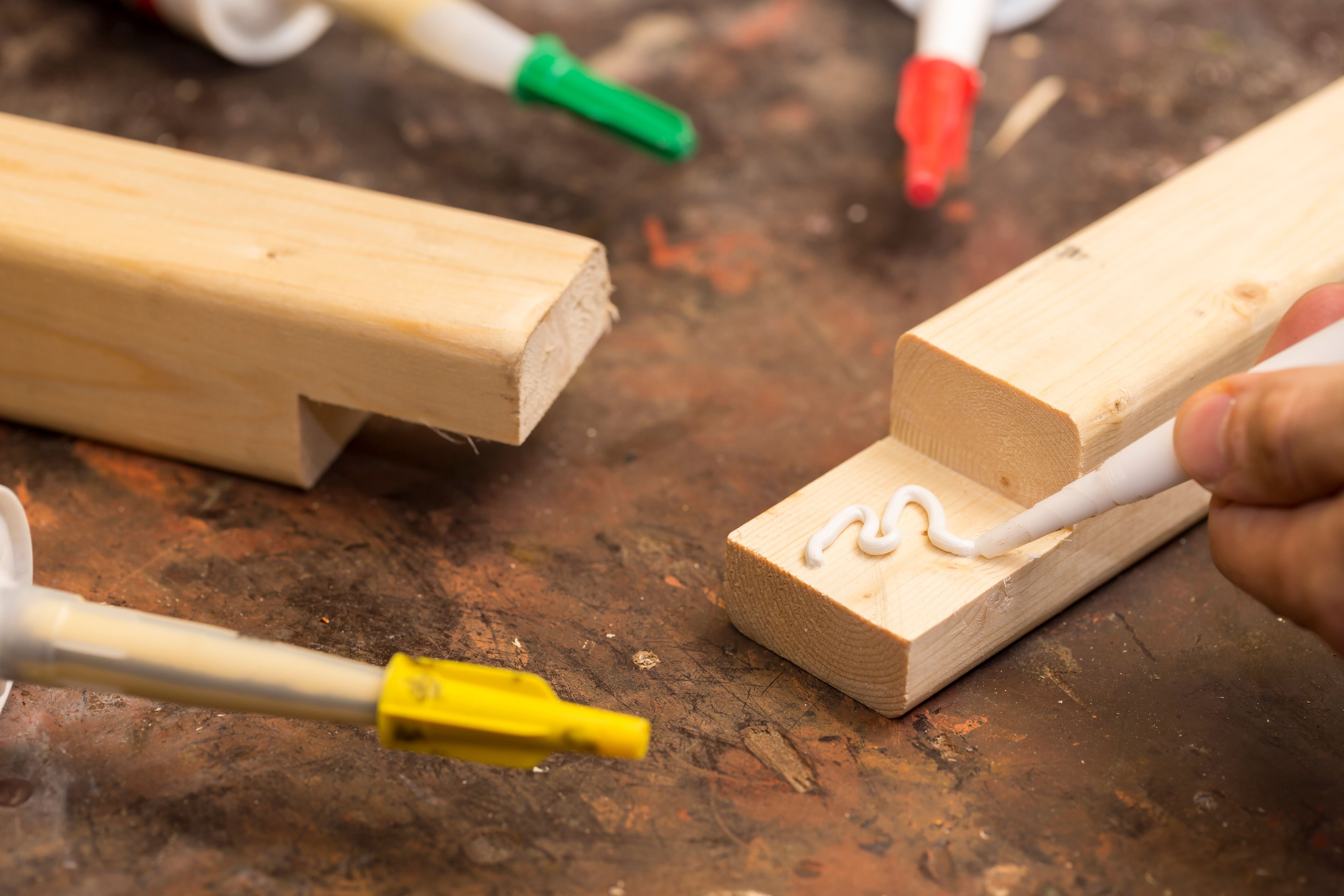Allow me to paint you a picture: You excitedly embark on a thrilling DIY project, wielding your liquid nails with newfound confidence. Yet, as fate would have it, a clumsy slip of the hand leaves an unsightly blob of dried liquid nails mocking your pristine surface. Fear not, dear reader, for I present to you this comprehensive guide, an arsenal of techniques to vanquish your dried liquid nail woes, restoring your surfaces to their former glory.

Image: graffitieaters.com.au
Liquid nails, also known as construction adhesives, are formidable foes with their tenacious grip and ability to cure into an unyielding bond. However, armed with the right tools, patience, and a dash of determination, you can conquer this challenge. Embrace each step as an opportunity to unveil the secrets behind removing dried liquid nails, transforming your home improvement endeavor into a triumphant restoration saga.
Chemical Soldiers: Dissolving the Dried Adhesive
-
Isopropyl Alcohol: Renowned for its versatility, isopropyl alcohol is an effective weapon against dried liquid nails. Apply it liberally to the affected area and let it soak in, gradually softening the adhesive. Gently scrape away the softened adhesive with a plastic putty knife or scraper, taking care not to damage the underlying surface.
-
Acetone: A potent solvent reserved for tougher battles, acetone can dissolve even the most stubborn dried liquid nails. Dip a cotton ball or cloth into acetone and dab it onto the adhesive. Allow it to penetrate for a few minutes before scraping away the softened adhesive. Exercise caution as acetone can be harmful to some surfaces, so test it in an inconspicuous area first.
-
Mineral Spirits: Mineral spirits, another formidable solvent, can break down the bonds of dried liquid nails, making them easier to remove. Apply it using a cotton ball or cloth, allowing it to penetrate before scraping away the adhesive. Ensure adequate ventilation as mineral spirits emit strong fumes.
Mechanical Warriors: Scraping and Chiseling
-
Putty Knife or Scraper: A plastic putty knife is your trusty companion for removing softened adhesive. Slide it gently under the adhesive, applying gentle pressure to pry it away from the surface. Alternatively, a metal scraper can be used for more stubborn adhesives, but exercise caution to avoid scratching the surface.
-
Wire Brush: For delicate surfaces where scraping could cause damage, a wire brush can be a gentle yet effective solution. Choose a brush with fine bristles to avoid scratching and gently brush away the adhesive residue.
-
Chisel: In extreme cases, a chisel may be necessary to remove dried liquid nails that have deeply penetrated a surface. Use a sharp chisel and strike it gently with a hammer, directing the force into the adhesive rather than the surface.
Patience and Perseverance: The Secret Ingredients
-
Time: Allow ample time for solvents to penetrate and soften the adhesive. Rushing the process can lead to frustration and potential damage to the surface.
-
Precision: Meticulously apply solvents and scraping tools to avoid damaging the surrounding area. Patience and precision will yield the best results.
-
Perseverance: Removing dried liquid nails can be a time-consuming process. Stay resolute, and the satisfying moment when the adhesive finally yields will make all the effort worthwhile.

Image: housekeepingbay.com
Expert Insights: From the Trenches of Home Improvement
“When dealing with dried liquid nails, it’s all about patience and the right technique,” advises award-winning contractor Mark Harrison. “Start with a mild solvent and gradually increase the strength as needed. Always test in an inconspicuous area first to ensure no damage occurs.”
“Precision is key,” emphasizes master carpenter Sarah Jones. “Avoid using excessive force or scraping tools that could harm the surface. Take your time, and the adhesive will eventually give way.”
How To Remove Dried Liquid Nails
Your Triumphant Farewell: A Surface Restored
As you meticulously remove the final vestiges of dried liquid nails, a sense of accomplishment will wash over you. Your surface, once marred by an unsightly adhesive, now stands pristine, ready for your creative endeavors. Remember, home improvement is not just about transforming your living space; it’s about conquering challenges, learning from mistakes, and achieving personal growth. Savor this moment, and may it inspire you to tackle future projects with unwavering confidence.